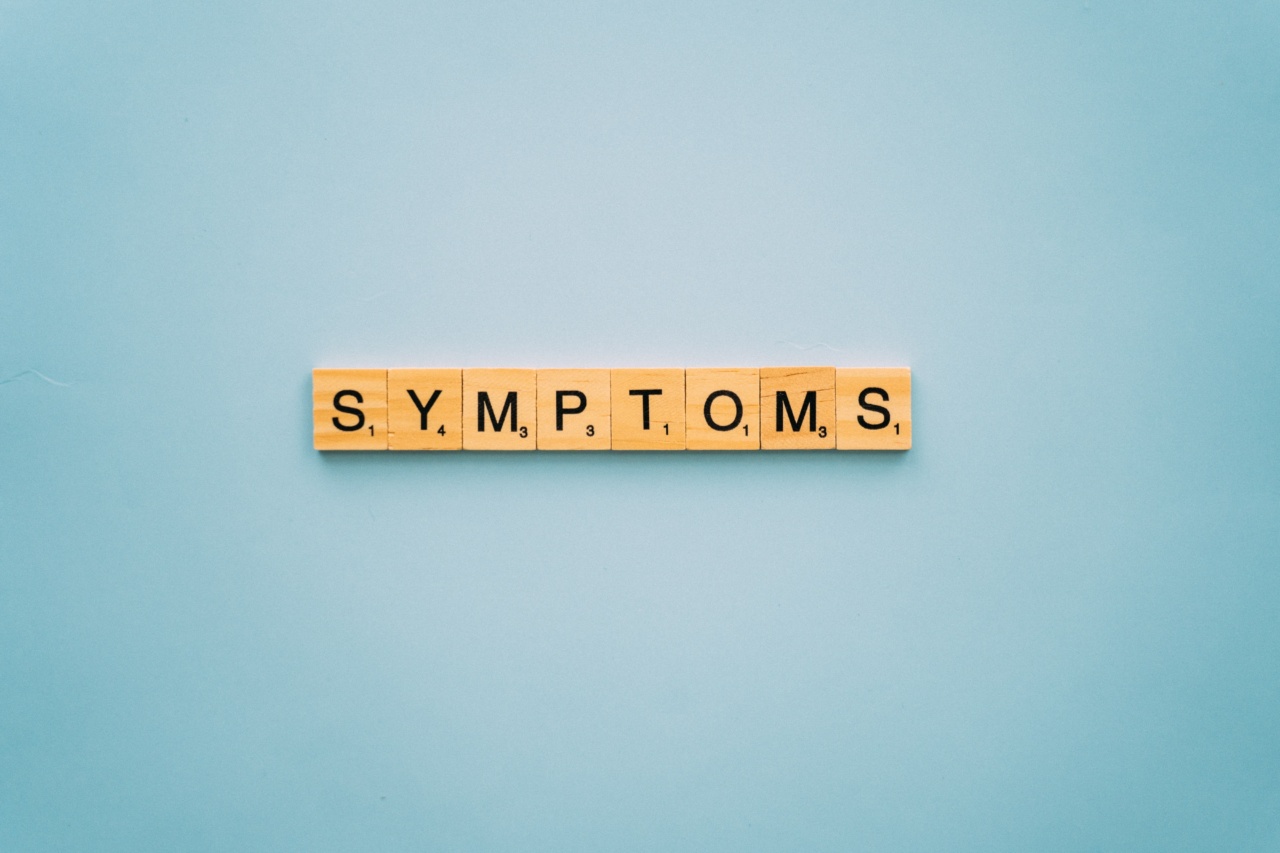Genital fungus, also known as a genital yeast infection or genital candidiasis, is a common condition that affects both men and women. It is caused by an overgrowth of the Candida fungus in the genital area.
While it can be uncomfortable and distressing, recognizing the signs and symptoms of genital fungus is crucial for prompt diagnosis and treatment. In this comprehensive guide, we will discuss the various signs and symptoms of genital fungus, as well as provide essential information on how to identify and address this condition.
1. Itching and Irritation
One of the most common signs of genital fungus is persistent itching and irritation in the genital area. Both men and women may experience intense itching accompanied by a burning sensation.
This discomfort is often more pronounced in warm and moist conditions, such as during physical activity.
2. Redness and Swelling
Another prominent symptom of genital fungus is redness and swelling in the genital area. The skin may appear inflamed and feel tender to the touch. The redness may extend beyond the immediate genital region, affecting the surrounding skin as well.
3. Thick, White Discharge
In women, genital fungus often causes a thick, white discharge resembling cottage cheese. This discharge may have a distinct, yeasty smell.
It is important to differentiate this discharge from normal vaginal discharge, as the presence of genital fungus can alter the characteristics of the discharge significantly.
4. Painful Urination
Both men and women with genital fungus may experience pain or discomfort while urinating. This symptom can be attributed to the irritation caused by the fungus on the delicate genital tissues.
It is essential to consult a healthcare professional if painful urination persists.
5. Painful Intercourse
Genital fungus can make sexual intercourse painful and uncomfortable. The inflammation and irritation in the genital area can cause pain, itching, and burning sensations during sexual activity.
It is important to address this symptom promptly to prevent further discomfort and potential complications.
6. Rash and Blisters
In some cases, genital fungus can cause a rash or blisters to appear on the affected skin. These lesions may be red, inflamed, and accompanied by a burning sensation. The blisters may rupture and develop into open sores if left untreated.
7. Odor
Genital fungus can generate a distinct odor in the affected area. This odor is typically described as yeasty or similar to bread dough. Any unusual or persistent odor in the genital region should be promptly evaluated by a healthcare professional.
8. Recurrent Infections
Individuals who experience frequent bouts of genital fungus may have recurring infections. If you have had recurrent genital fungus infections, it may be indicative of an underlying health condition or poor immune function.
It is essential to consult a healthcare professional for further evaluation and appropriate treatment.
9. Discomfort and Soreness
General discomfort and soreness in the genital area can be indicative of a genital fungus infection. This discomfort may range from a mild irritation to a persistent, throbbing sensation.
It is important not to ignore ongoing discomfort, as it can signify an unresolved infection.
10. Thickened, Cracked Skin
In severe cases, genital fungus can cause the skin in the affected area to become thickened, cracked, and scaly. This can further contribute to discomfort and pain.
If left untreated, the skin may become more susceptible to secondary infections or other complications.
Recognizing the signs and symptoms of genital fungus is crucial for initiating timely treatment.
If you suspect that you may have a genital yeast infection or are experiencing any of the aforementioned symptoms, it is important to consult a healthcare professional for an accurate diagnosis and appropriate treatment. With prompt attention and proper care, genital fungus can be effectively managed, allowing for a swift recovery and restored comfort.































